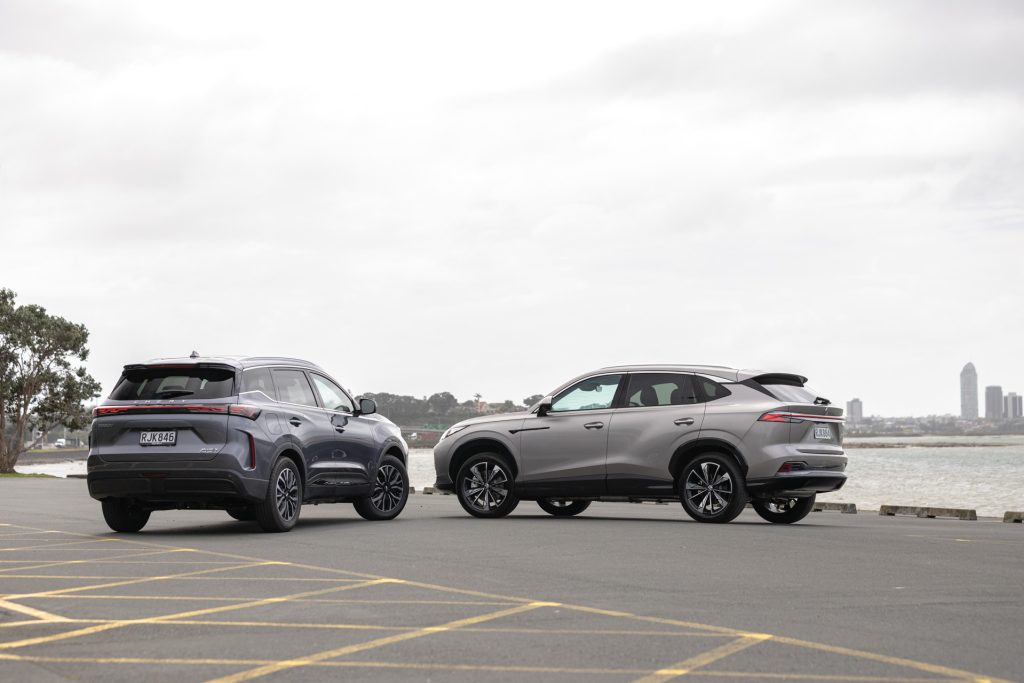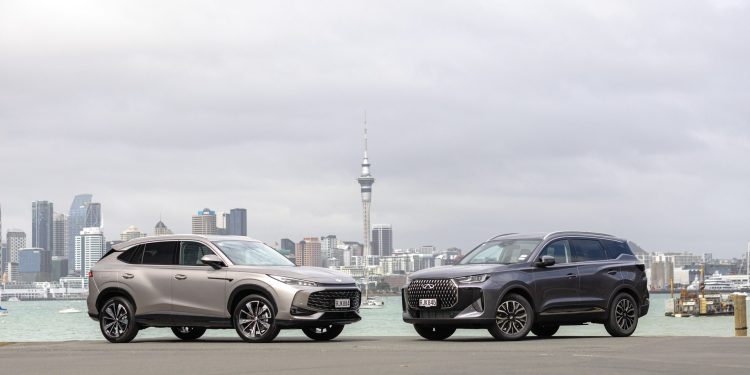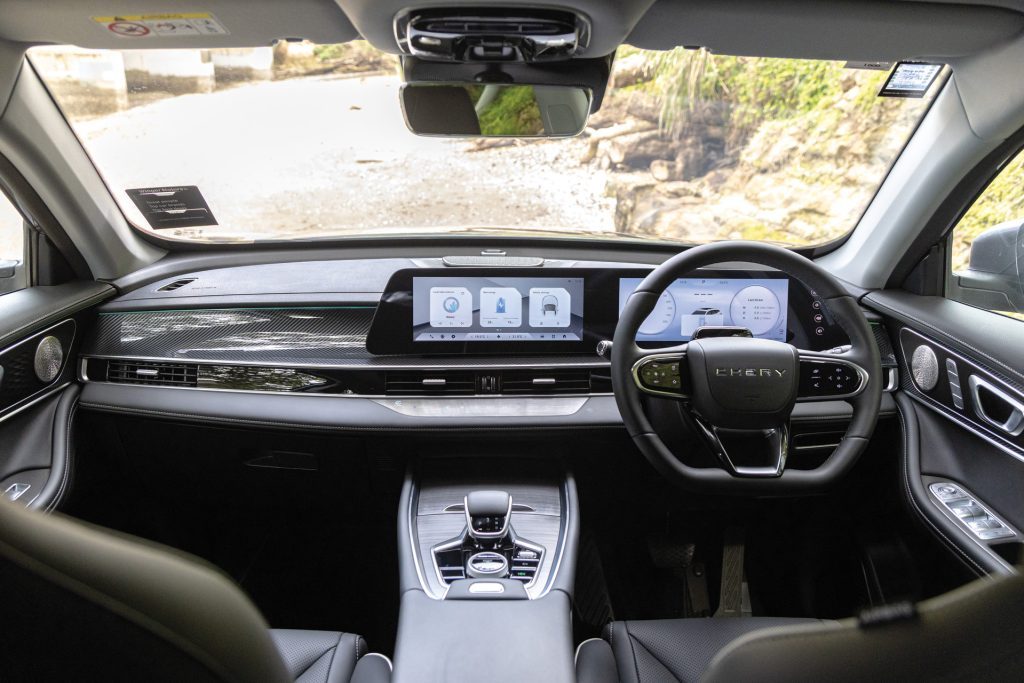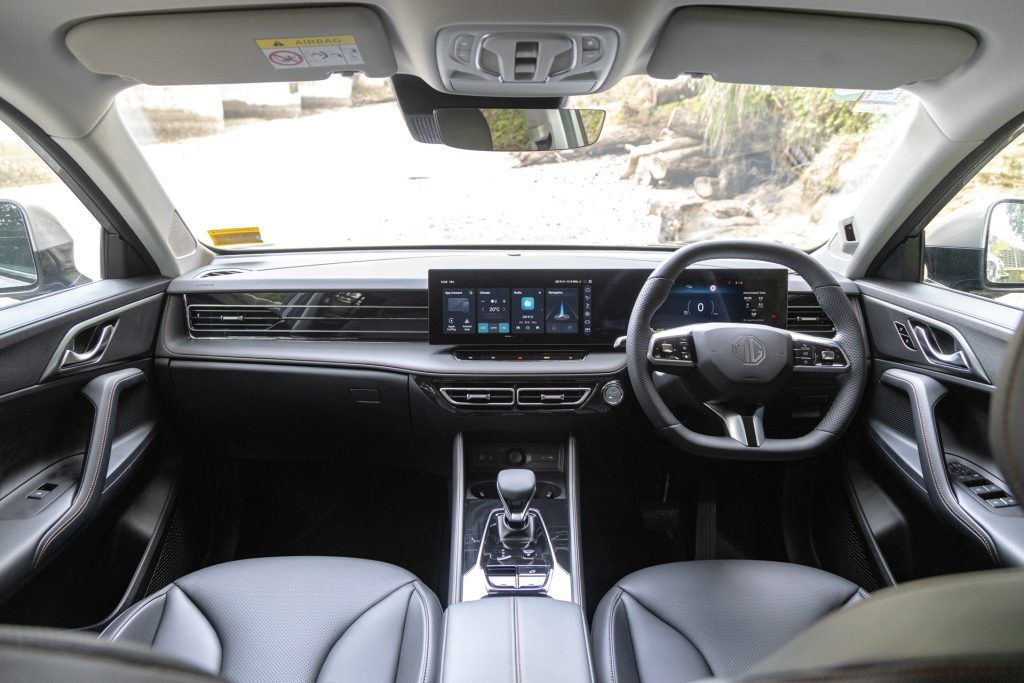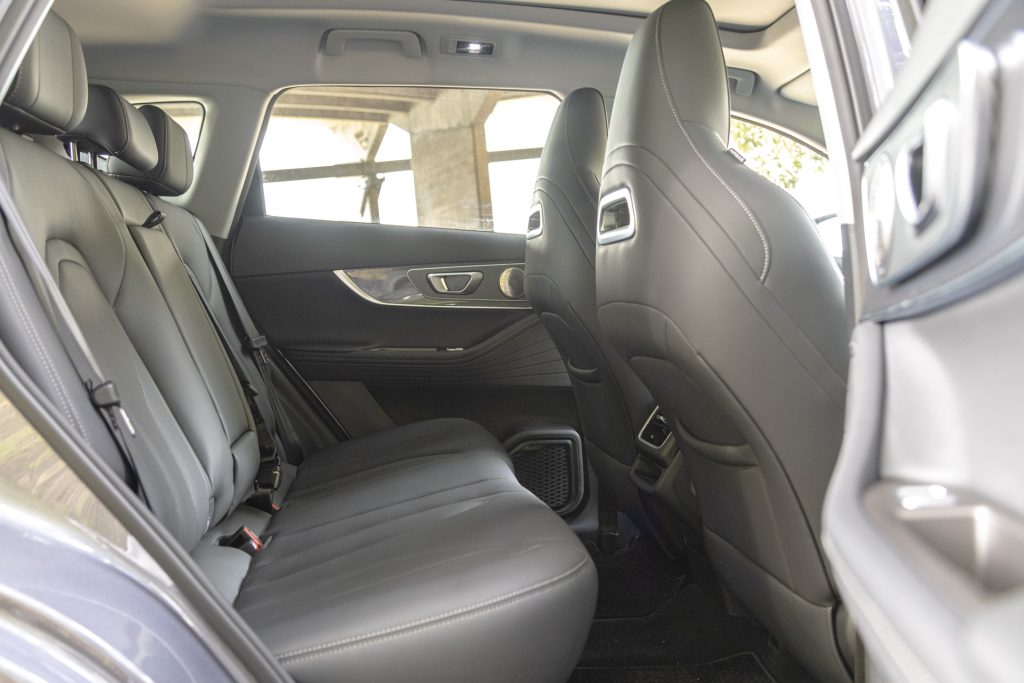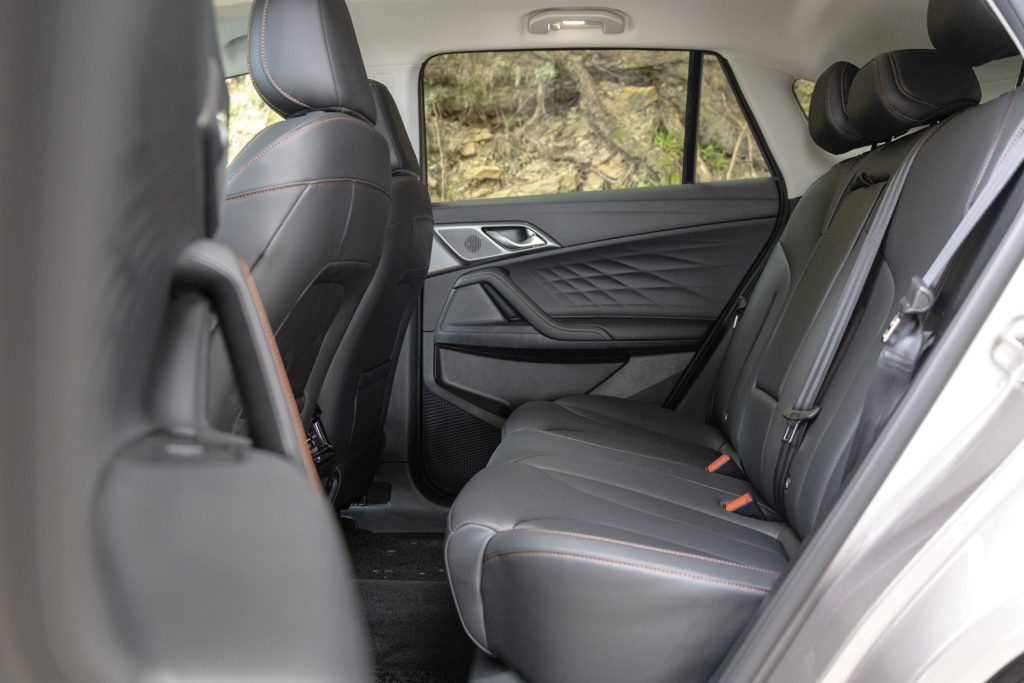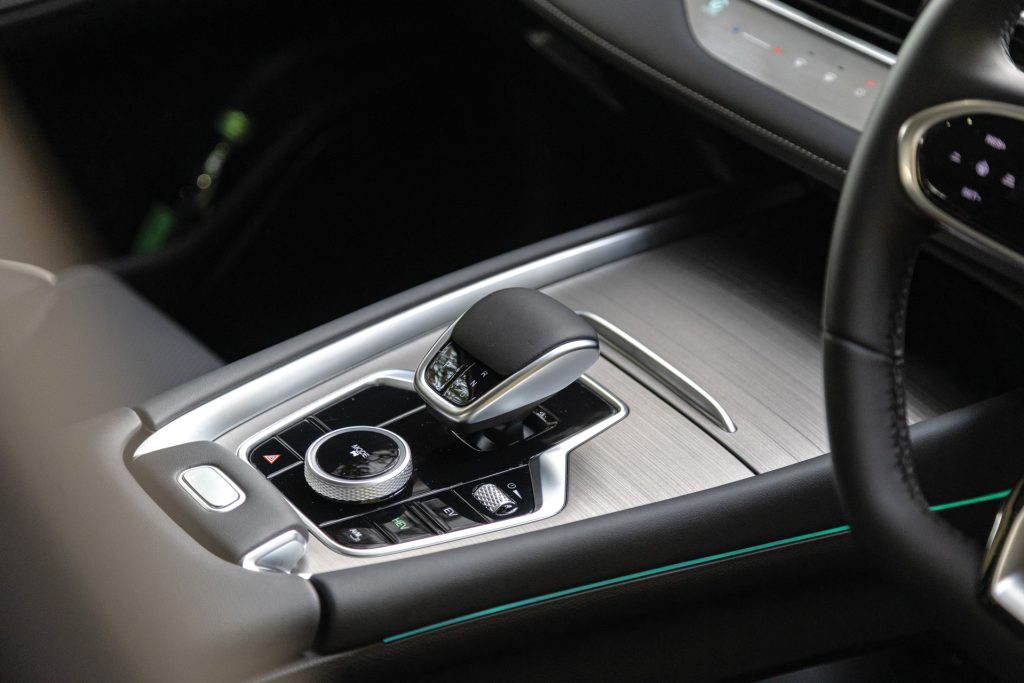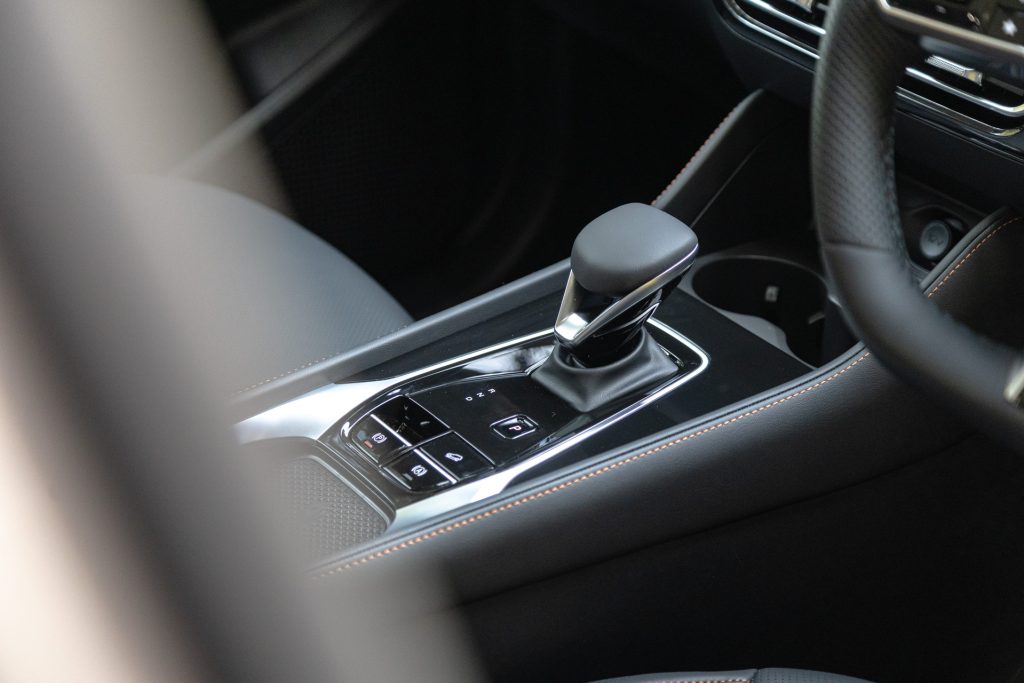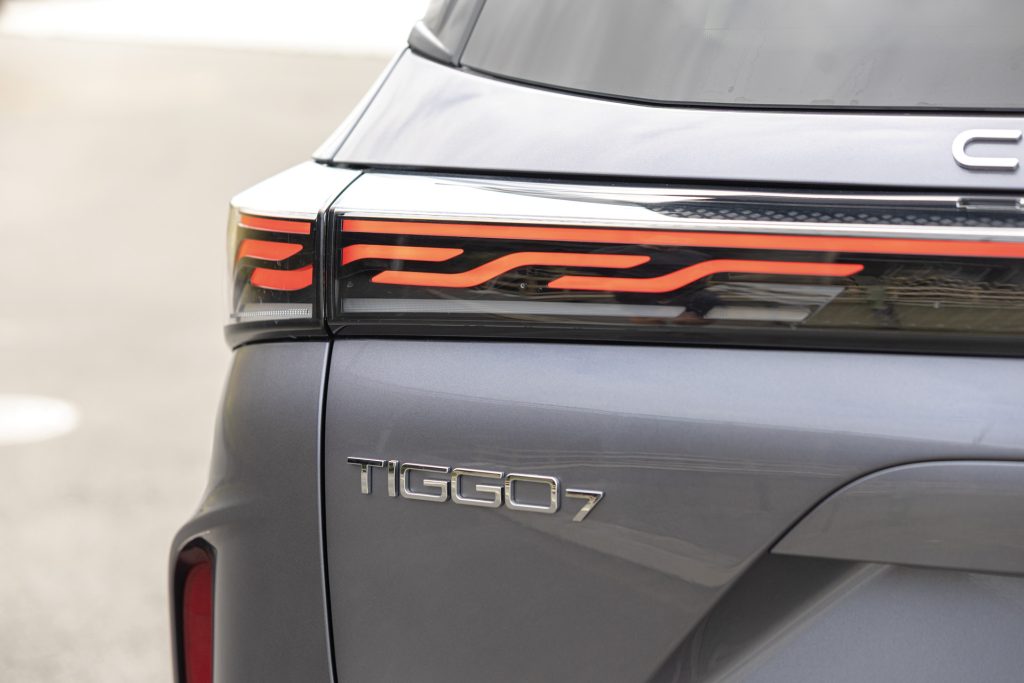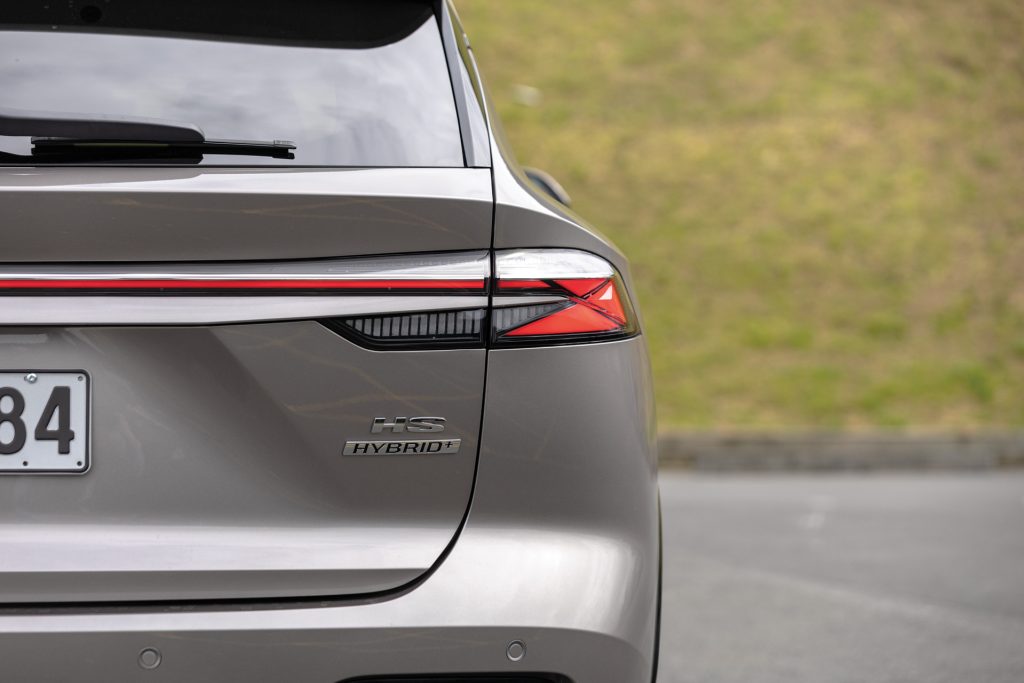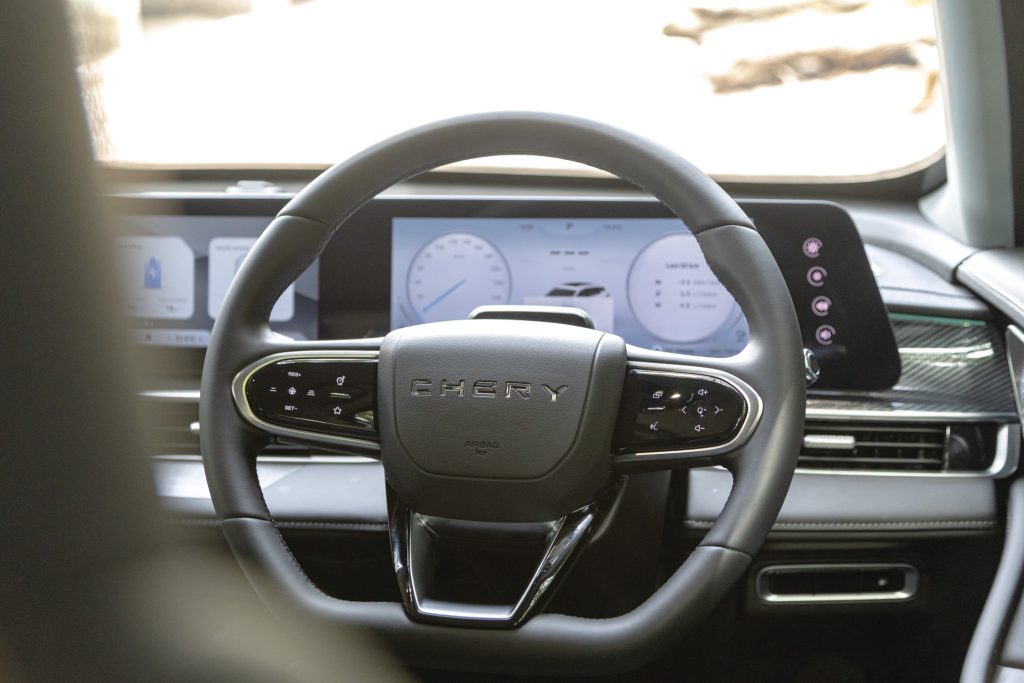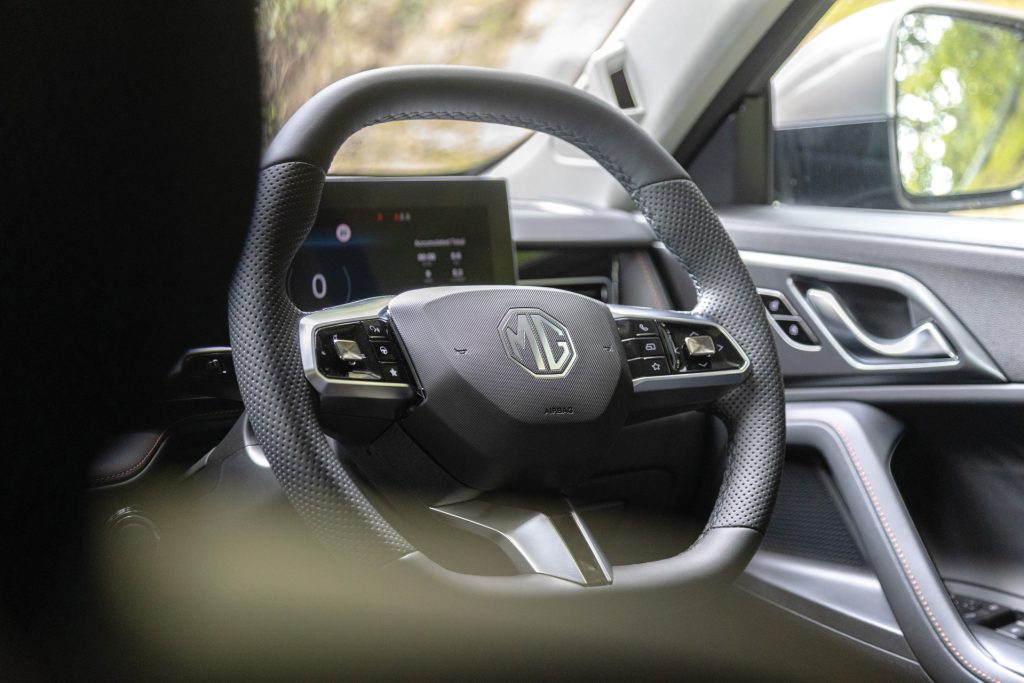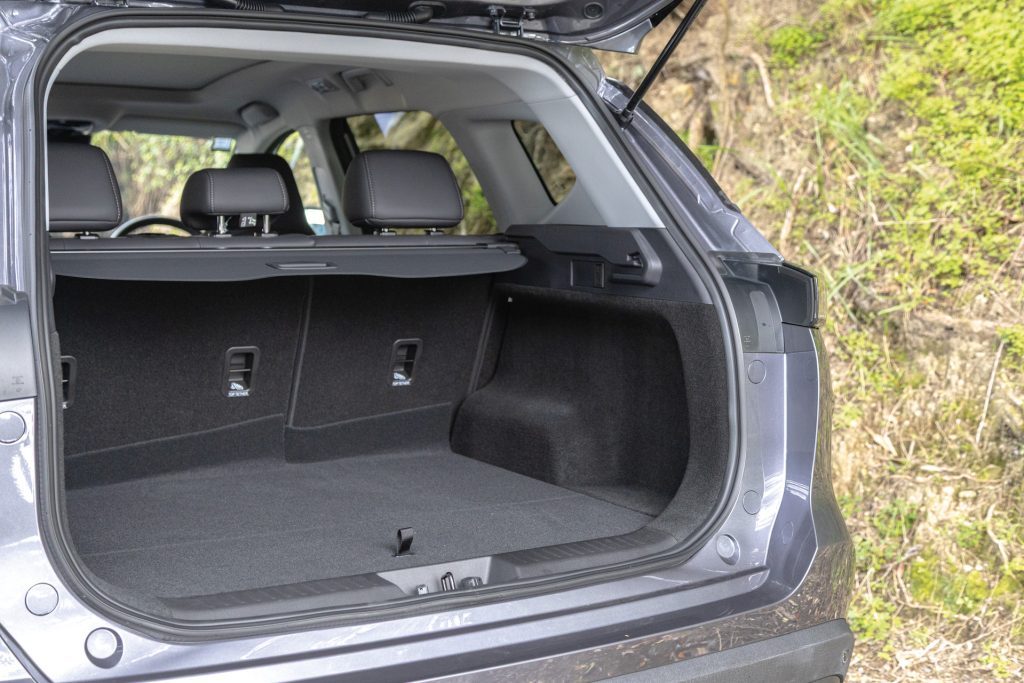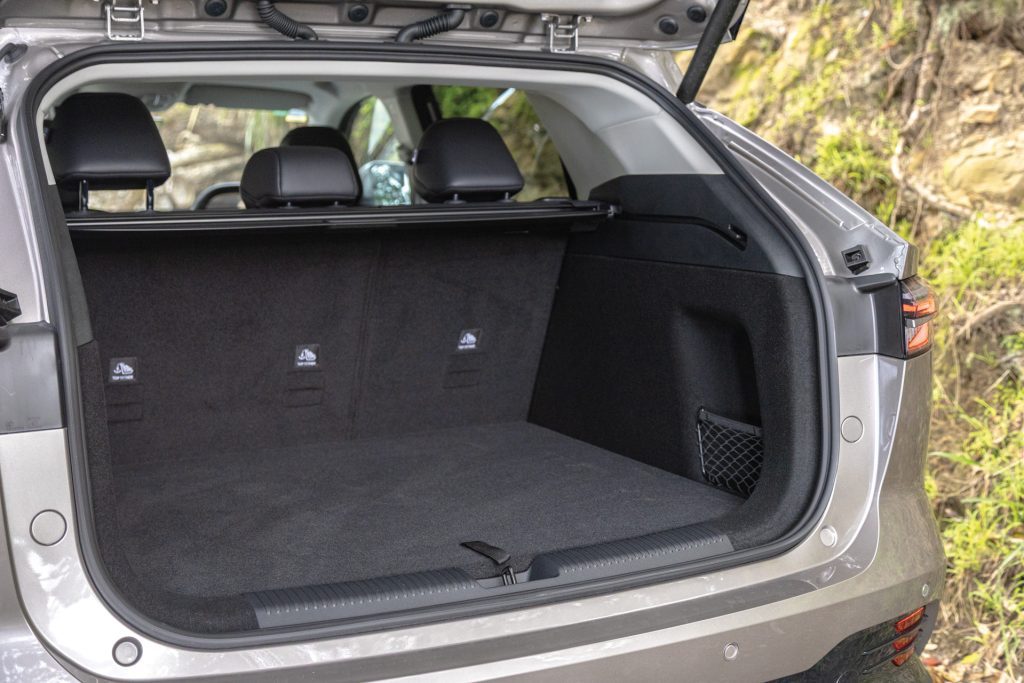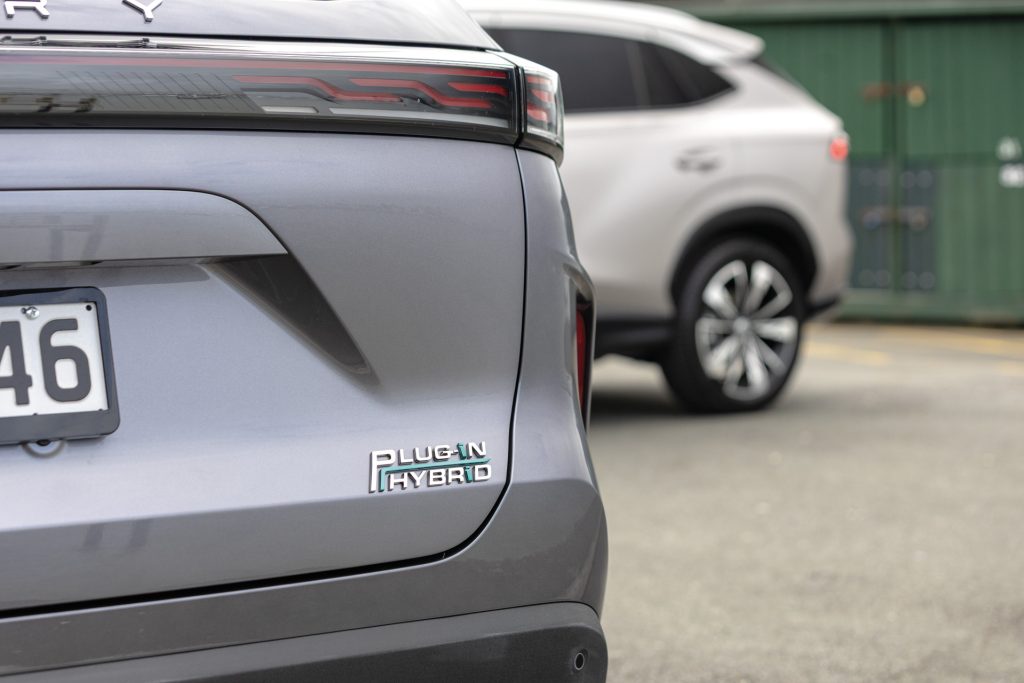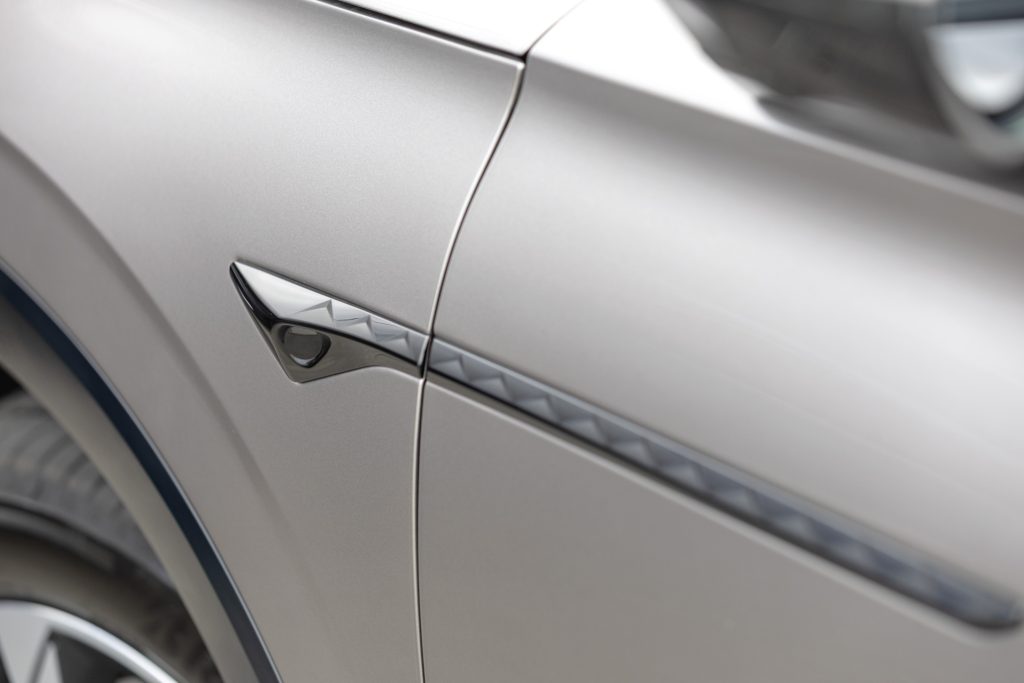2025 Chery Tiggo 7 SHS Ultimate vs MG HS Essence hybrid+ Review
Words: Kyle Cassidy | Photos: Alex Schultz
There is now genuine choice in the hybrid SUV space, with more affordable options too if you shop Chinese brands. The new Chery Tiggo 7 offers plug-in hybrid tech for the price of a regular petrol electric. Is it a better bet than MG’s new ‘self charging’ HS hybrid?
For the past few years, there hasn’t been much choice if you wanted a family-friendly SUV with a hybrid powertrain. However, genuine variety is now a thing, brought on by the arrival of new Chinese brands offering hybrids both with and without plugs. The former they like to call Super Hybrids, offering ample engine-off roaming for even the busiest family. And in hybrid mode, you can range down country without the need of plug planning. While PHEV SUVs have been around for a while, they have never been so affordable, the Chinese disruptors coming hard at the established brands.
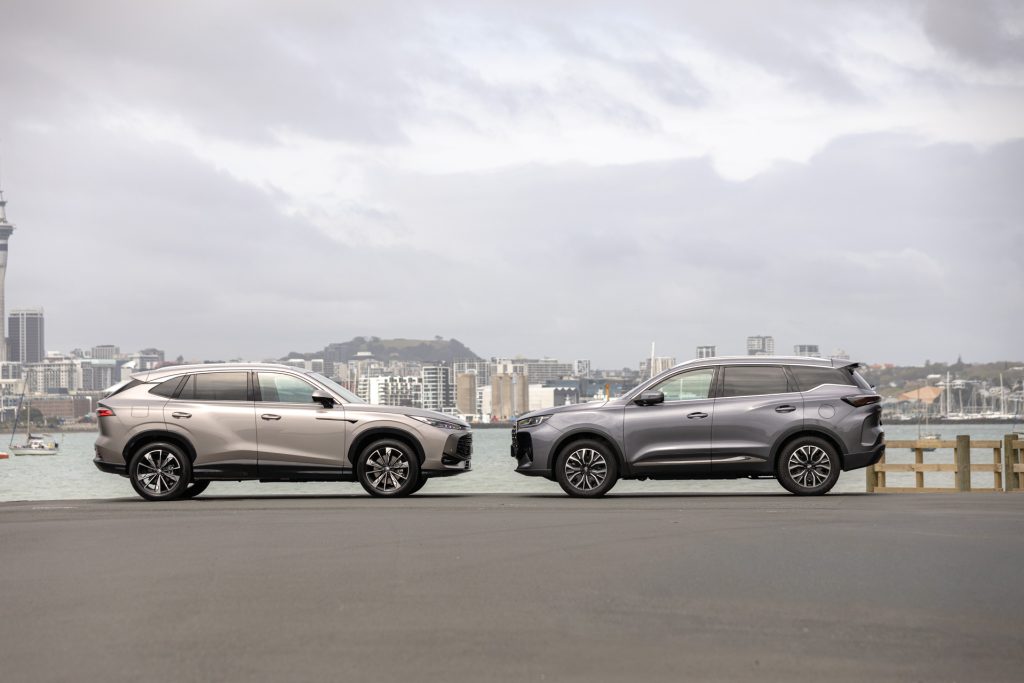
Newcomers like Chery are putting the squeeze on with its Tiggo 7 you see here, starting from just $43k. That’s for a family friendly plug-in claiming 93km of EV motoring and an overall range of 1200km. And it has a bulging spec sheet too.
Chery’s pricing is likely causing concern even for the likes of MG, which you’d describe as a value brand. For in the Tiggo 7, you have a plug-in
for the price of MG’s new ‘self charging’ HS hybrid. This starts at $44,990 or plus $4k for the better spec’d Essence you see here. Meanwhile, the super hybrid plug-in HS is $53k and $57k.
This Tiggo 7 Ultimate wears a $46,990 price tag, and so is $2k cheaper than the $48,990 MG hybrid Essence. And wouldn’t you know? MG is suddenly offering $2k cashback on its HS range.
So here you have two well-specified hybrids for the same money, except one offers genuine electric range. But which is better?
Well specified and practical
Neither the MG nor the Chery will make your heart race with their styling, but neither are they likely to offend your senses. Both wear a dominant grille and perhaps a little too much chrome but that is the Chinese way. The MG is a little more dynamic looking, with better proportions.
Inside, Chery has gone heavy on features. A double-stack centre console offers good storage, and you get all the expected goodies; wireless charging pad, USB ports, twin digital screens, a surround-view camera, ambient lighting, and a full glass roof, all of which the MG offers too (save for the lighting feature). Heated and ventilated seats are standard in the Chery, and haptic steering wheel buttons work better than most. They are easier to fathom than the HS’s, initially at least, but once you know how to work the MG, real buttons are always preferable.
While the Chery’s screen is okay in operation, quick enough to flick between functions, there’s no built-in sat-nav, so you’ll be leaning on CarPlay or Android Auto. The HS also offers smartphone connection, both tribes connecting wirelessly, while it has more USB ports, in-built sat nav (not the smartest operator however) and the iSmart vehicle app. The MG’s touchscreen is slower, slightly fussier to navigate and often needs another poke to effect the desired response. And one day it decided to default to its native language, making operations that bit harder. But it then reverted to English the following day.
The Tiggo’s interior looks good at first glance, though closer inspection reveals some fit-and-finish inconsistencies. And the seating position is awkward, set too high with limited adjustment. While the MG’s cabin is also built to a price point (hard plastics about and some trim alignment issues) it manages to feel more polished than the Chery. The HS seats are plusher, and the driving position is better thanks to extra steering wheel adjustment. Storage space isn’t as generous as the Tiggo’s, but rear passengers enjoy more legroom, plus dual USB-C ports. The HS also scores a powered tailgate, has a bit more usable space back there and a space-saver spare, something the Tiggo lacks. You wouldn’t consider either if you had something big to tow, the Tiggo 7 only good for 750kg while the HS is rated to 1500kg braked.
Different petrol electrics
The Tiggo is a series hybrid, the 150kW/310Nm electric motor doing all the driving via the front wheels alone. Once the 18.4kWh lithium iron phosphate battery falls to about 20 per cent charge, you are then in HEV mode, the engine churning away quietly to turn the generator and keep the battery charged.
There is enough easy torque for general ramblings and it’s smooth with no gears to cycle through. And yet there’s an occasional delay in the delivery when you accelerate away from not quite stopped. And when you add more power to compensate, you then get too much.
Of the drive modes, stick with Normal. Eco is meek while Sport delivers too much too quickly and corrupts traction. Speaking of, the rubber struggles in the wet. The brake action is a tad snatchy, the spongy pedal feel not helping. There is adjustable regen, which is best left in the high mode, at least in the city, as the less you need to use the brake pedal the better. But on the motorway, the regen then comes in too abruptly. A pity switching between modes isn’t easy, requiring a dive into the touchscreen menus.
It can be tricky to change between D and R too as you often find yourself in neutral. The trans won’t select the gear unless you have a firm pressure on the brake pedal, which isn’t ideal when doing turn arounds.
As to that EV range, we got 70km from a full charge with a mix of urban and motorway miles. And when you’re in HEV mode, figure on fuel consumption of 6.5L/100km.
The Tiggo 7 is softly sprung, so never really feels settled. While the suspension manages to diffuse some bumps, it crashes over others.
Through the curves, the overly light steering gives nothing back, and understeer is the natural trait of this SUV, the stability control keeping you on line via not-so-subtle brake applications. There’s a bit too much roll too. It’s got a good turning circle though and with that super light steering, it is easy to spin it around.
So how does the MG hybrid compare?
This HS hybrid has a 146kW/340Nm traction motor, and with a 105kW/230Nm 1.5T, blending through the hybrid trans, MG quotes system output at 165kW/340Nm. With a strong motor and a 1.83kWh battery, this delivers genuinely decent engine-off driving for a self-charging hybrid.
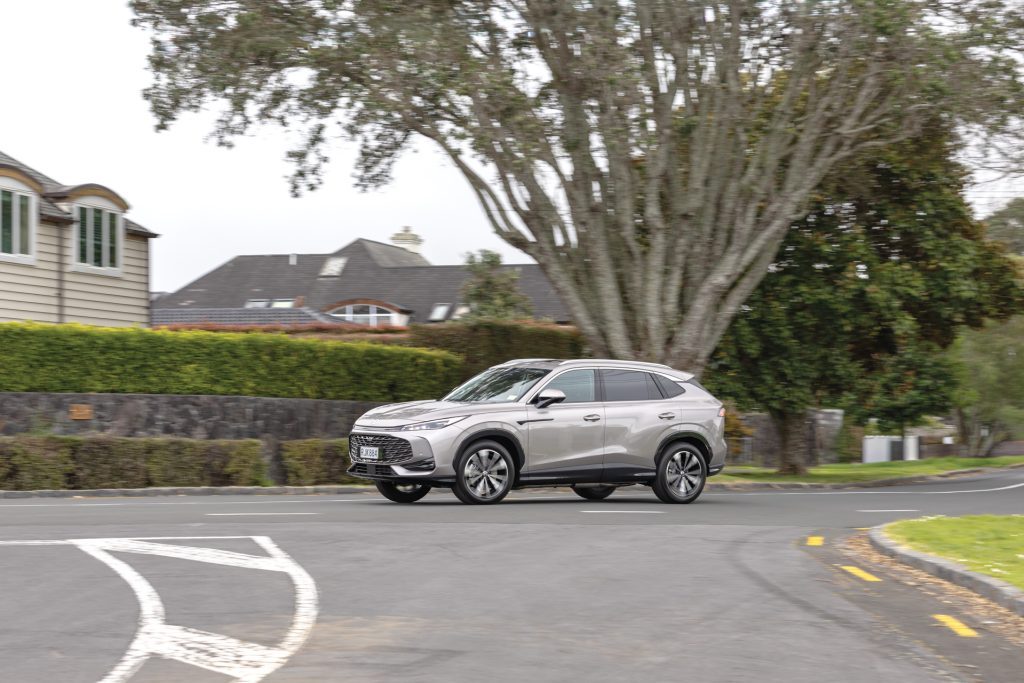
While more expensive than the ICE-powered HS (a $5k premium), it offers a smoother, torquey drive around town. While the 125kW/275Nm ICE isn’t too bad, there’s transmission hesitation and a bit of turbo lag off the bottom, whereas this has none of that at town speeds; just easy, silky torque. Whereas the ICE eats through about 9.5L/100km around town, this was averaging 6.0L/100km.
The transition from EV to HEV is smooth, and the acceleration from 50-100km/h reasonably brisk too. However, performance starts to drop off above that, so don’t go for any heroic overtakes. It can also take a moment for the system to sort itself to deliver maximum thrust.
The suspenders are much better tuned than the Tiggo’s, the HS with a likable ride/handling balance. It’s more settled and composed on the road. While there is still a tad too much roll, there’s at least a semblance of connection from the steering and it hangs on better than the Tiggo 7 (with a more subtle hand from the stability aids).
We like how you can set up the star button on the steering wheel to change up the brake regen through three different levels. The high setting delivers smooth retardation in and out of town, the brake pedal only required to bring you to a halt.
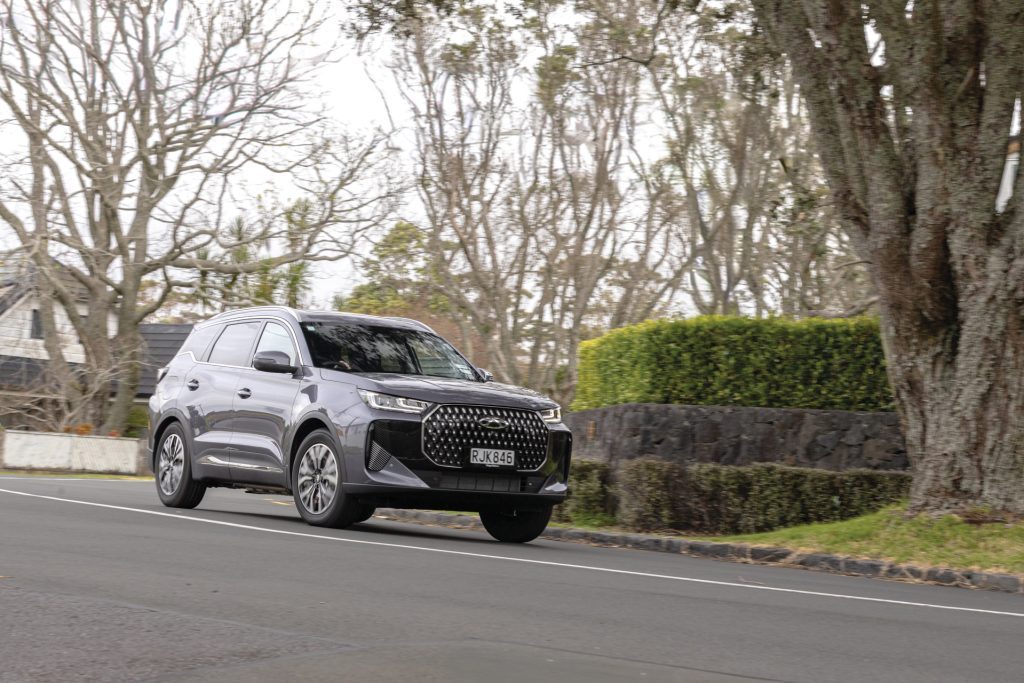
Each has an army of safety minders and the MG Pilot system can be overzealous; the speed alert with constant dings, the calibration of lane-keeping and driver monitoring systems needs refining too. There is a custom set-up enabling you to silence the features you don’t like, but it still requires four taps of the screen to initiate this every time you start up. The Chery dings away too, though more discretely, but its lane keeping feature frustrates, putting a freeze on the wheel momentarily if you venture near a white line above 70km/h. And don’t rely on its speed recognition; it can get confused there.
So which one?
The Tiggo 7 might suit those doing most of their driving around town. If you can plug in each night (make sure you switch to a plan with cheap off-peak rates), you could complete much of your driving without using a drop of petrol while enjoying reduced road user charges compared with ‘real’ EVs.
But once in hybrid mode, it’s no better than the MG on fuel use, and you’re getting stung twice for road tax.
The HS hybrid offers better fuel economy than the regular version, sitting on 6.0L/100km, whereas we found the ICE HS was hard to coax below 9.5L/100km for town use (around 7.0L/100km on the highway). There’s no need for charging infrastructure, if you’re without off-street parking.
The Chery Tiggo 7 PHEV is a headline-grabber. For under $47k, you get a plug-in SUV with a good EV range and a stuffed spec sheet. For buyers who can charge daily and mostly drive around town, it’s compelling value.
But as an all-rounder, the MG HS Hybrid is the more complete car. It drives better, rides more comfortably, and feels more cohesive as a package. Yes, it lacks plug-in range, but for many Kiwi families, the HS’s simplicity and refinement will help balance out the Tiggo’s EV mileage advantage.
Chery Tiggo 7 SHS Ultimate
$46,990 / 1.4L/100km / 33g/km
0-100 km/h 7.5s
Ambient cabin noise 71.9dB@100km/h
Engine 1495cc / IL4 / T / DI
Max power 105kW
Max torque 215Nm
Motor output 150kW / 310Nm
Battery 18.4kWh
EV range 93km
Hybrid System Output 150kW / 310Nm
Drivetrain single-speed auto / FWD
Front suspension Mac strut / sway bar
Rear suspension Multilink / sway bar
Turning circle 10.9m (2.7turns)
Front brakes Ventilated discs
Rear brakes Discs
Stability systems ABS, ESP, TV
Safety AEB, ACC, BSM, LDW, RCTA, ALK, AHB
Tyre size f/r-225/60R18
Wheelbase 2653mm
L/W/H 4535 / 1864 / 1702mm
Track f-1570mm r-1570mm
Fuel capacity 60L
Luggage capacity 475 / 1500L
Tow rating 750kg
Service intervals 12 months / 10,000km
Warranty 7yrs / unlimited km
ANCAP rating Not yet rated
Weight (claimed) 1788kg
MG HS Essence hybrid+
$48,990 / 5.2L/100km / 119g/km
0-100 km/h 7.7s
Ambient cabin noise 71.8dB@100km/h
Engine 1496cc / IL4 / T / DI
Max power 105kW
Max torque 230Nm
Motor output 146kW / 340Nm
Battery 1.83kWh
Hybrid System Output 165kW / 340Nm
Drivetrain 3-speed auto / FWD
Front suspension Mac strut / sway bar
Rear suspension Multilink / sway bar
Turning circle 11.1m (2.5 turns)
Front brakes Ventilated discs
Rear brakes Discs
Stability systems ABS, ESP, TV
Safety AEB, ACC, BSM, LDW, RCTA, ALK, AHB
Tyre size f/r-225/55R19
Wheelbase 2765mm
L/W/H 4670 / 1890 / 1655mm
Track f-1590mm r-1584mm
Fuel capacity 55L
Luggage capacity 507 / 1484L
Tow rating 750kg (1500kg braked)
Service intervals 12 months / 15,000km
Warranty 10yrs / 250,000km
ANCAP rating Not yet rated
Weight (claimed) 1720kg
